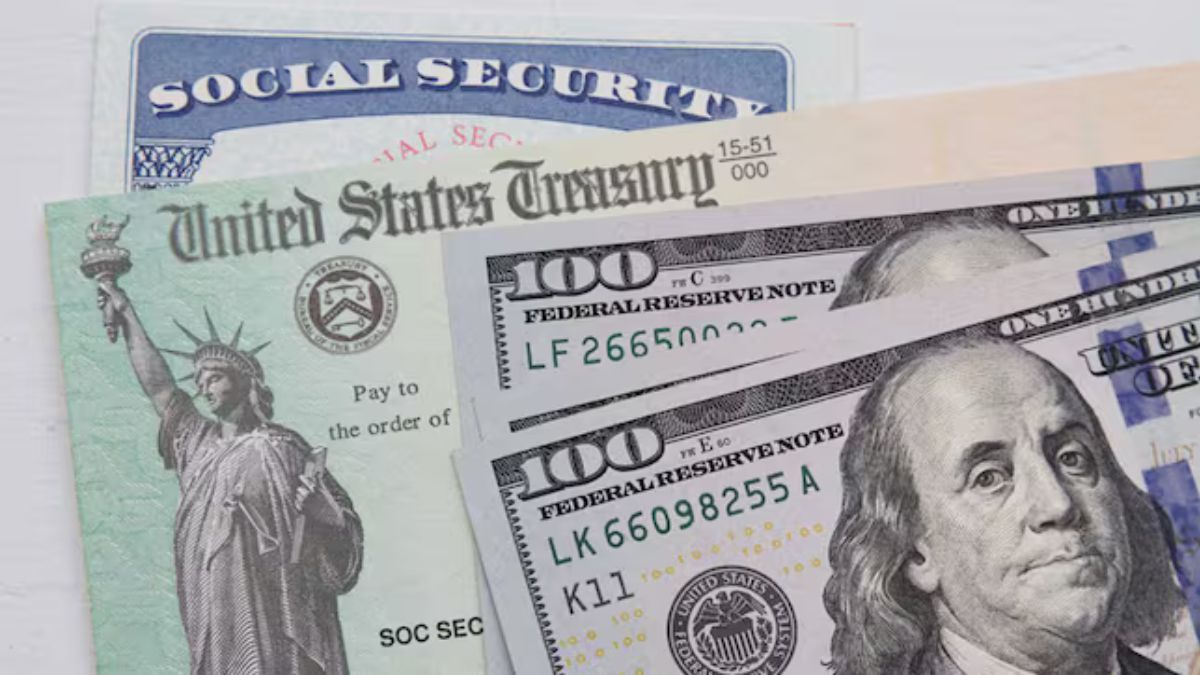The Social Security Administration (SSA) has announced a significant update that will affect how millions of Americans receive their monthly benefits. Beginning September 30, 2025, the SSA will no longer send paper checks to any recipients. From that date forward, all Social Security, SSI, and disability benefits must be received electronically.
While the majority of beneficiaries already use direct deposit or prepaid debit cards, a small group—about 1% of recipients—still receive their benefits by mail. These individuals now have less than three months to switch to an approved electronic payment method to avoid delays or interruptions in receiving their money.
SSA Says Goodbye to Paper Checks
This change is part of a broader SSA initiative to modernize its payment systems by improving efficiency, safety, and cost-effectiveness.
Electronic payments are faster, more secure, and cheaper to process than paper checks. According to the SSA:
- Paper checks are 16 times more likely to be lost or stolen
- Direct deposits cost the government only 15 cents per payment
- Mailed checks cost over 50 cents each
Considering the SSA processes tens of millions of payments monthly, switching fully to electronic transfers could save the federal government millions of dollars annually.
Who Is Affected by This Change?
For the vast majority of Americans—those who already receive their benefits through direct deposit or the Direct Express® debit card—this change will have no impact.
However, individuals who still receive paper checks by mail must take action before the September 30, 2025 deadline.
| Current Method | What’s Changing | Action Required |
|---|---|---|
| Paper Check | Discontinued after Sept. 30, 2025 | Must switch to electronic payments |
| Direct Deposit | No changes | No action needed |
| Direct Express® Card | No changes | No action needed |
Why the SSA Is Making This Move Now
The SSA has long encouraged beneficiaries to transition away from paper checks, citing several compelling reasons:
- Delays in mail delivery due to weather or postal service issues
- Risk of fraud, theft, or misplacement
- Faster access to funds via direct deposit or debit cards
- Significant cost savings to taxpayers
With 99% of Social Security recipients already using electronic methods, this final step is seen as a logical completion of the agency’s modernization plan.
Your Options for Electronic Payments
If you still receive a paper check, the SSA offers two main options for receiving your benefits electronically:
1. Direct Deposit to a Bank or Credit Union
This is the fastest and most secure method. You’ll need to provide your bank account and routing number to the SSA, and your payments will be automatically deposited each month.
2. Direct Express® Debit Mastercard
For those without a bank account, the SSA offers the Direct Express® prepaid debit card, which allows you to:
- Make purchases
- Withdraw cash
- Pay bills online
- Avoid check-cashing fees
The government automatically loads your benefits onto the card each month, and the service comes with no credit checks or monthly account fees.
How to Update Your Payment Method
Switching to electronic payments is quick and straightforward. Here are your options:
Online:
- Visit your my Social Security account at ssa.gov/myaccount
- Log in and follow the prompts to update your payment information
By Phone:
- Call the SSA directly at 1-800-772-1213
- Representatives are available Monday through Friday, 8:00 a.m. to 7:00 p.m.
In Person:
- Visit your local Social Security office for personal assistance
- Bring valid identification and relevant banking details
Through Go Direct:
- Access the Go Direct® program at www.godirect.gov
- Or call 1-877-874-6347 to enroll in direct deposit or debit card service
What If You Can’t Switch to Electronic Payments?
The SSA recognizes that a small number of recipients may face serious barriers in transitioning to electronic payments. Exceptions may be granted for those who:
- Cannot open a bank account
- Lack access to direct deposit due to geographic or technological limitations
- Are experiencing significant personal or financial hardship
To request an exception, affected individuals must contact the SSA directly and explain their circumstances. Each case will be reviewed individually, and exceptions will be granted on a case-by-case basis.
Important Deadline and Potential Consequences
If you fail to update your payment method by September 30, 2025, the SSA will not mail any more paper checks unless you’ve been approved for an exception.
This could result in:
- Delayed benefit payments
- Paused or suspended access to your monthly funds
- Missed rent, utility, or bill payments
| Date | What It Means |
|---|---|
| September 30, 2025 | Final day SSA will mail paper checks to beneficiaries |
SSA officials have emphasized the importance of acting now to avoid problems. With millions of people affected, waiting until the last minute could lead to processing backlogs and delays.
SSA’s Message to Paper Check Recipients
This change is part of the SSA’s commitment to a faster, safer, and more modern payment system. The agency encourages everyone still using paper checks to act early and avoid last-minute disruptions.
“We want to ensure that every beneficiary receives their payments on time and without interruption,” said an SSA spokesperson. “Switching to electronic payment methods is the best way to do that.”
Frequently Asked Questions (FAQs)
1. What happens if I don’t switch from paper checks by the deadline?
You may experience delayed or missed payments, unless you’ve been approved for an exception by the SSA.
2. How do I sign up for the Direct Express® debit card?
You can apply through the SSA or by visiting www.godirect.gov. You don’t need a bank account, and it’s available to all beneficiaries.
3. Is direct deposit safer than a paper check?
Yes. Direct deposit is significantly safer, with fewer instances of lost, stolen, or fraudulent transactions compared to paper checks.
4. Will this change affect people who already use direct deposit?
No. If you’re already receiving benefits electronically, you do not need to take any action.
5. Can I get help updating my payment information?
Yes. You can visit a Social Security office, call 1-800-772-1213, or use ssa.gov/myaccount to update your details.









